The Beatles’ 1968 song “Blackbird” from their eponymous “White Album” has become one of the Fab Four’s most distinctive songs in their catalogue, and as it turns out, a song for which we have Baroque composer Johann Sebastian Bach to thank. Paul McCartney’s delicate croon and melodic guitar part might sound quintessentially Beatles, but the track’s musical origins stretch back far further than 1968 (around 260 years further, to be exact).
Videos by American Songwriter
Interestingly, despite being the musician playing on the Beatles’ album version of “Blackbird,” McCartney would later say that bandmate George Harrison executed this particular music idea more deftly than he could.
The Bach Composition We Have To Thank For “Blackbird”
From cabaret to Western country to blues to pre-19th-century composers, the Beatles’ eclectic musical tastes certainly helped color their unique style. Such was the case for “Blackbird,” the third track to the B-side of the “White Album.” Paul McCartney took the idea for his melodic guitar part, which features a separate bass and treble melody, from J.S. Bach’s Bourrée in E minor, a popular lute piece and fifth movement of the Baroque composer’s Suite in E minor BWV 996. Bach wrote the counterpoint-rich piece in the early 1700s, around 1708 to 1717. In the 1950s, future rock stars Paul McCartney and George Harrison tried teaching themselves the composition.
“George and I had learned to play [Bach’s Bourrée] at an early age; he better than me, actually,” McCartney recalled in Barry Miles’ Many Years From Now. “Part of its structure is a particular harmonic thing between the melody and the bass line, which intrigued me. I developed the melody on guitar based on the Bach piece and took it somewhere else, took it to another level.”
McCartney’s version of “taking it to another level” didn’t necessarily involve making the piece more complex. In a highly ornamental musical period like Baroque, any extra notes would likely become muddy and overwhelming. Instead, McCartney leaned into minor mistakes that incorporated blues notes and more pop-sensible rhythms into the piece, then switched the song from its standard E minor key to the relative major, G major.
18th-Century Composers and 20th-Century Civil Rights Activists
Paul McCartney has proven time and again that his catalogue is a masterclass in innovative songwriting, and “Blackbird” is no exception. In Many Years From Now, McCartney explained how Johann Sebastian Bach served as a significant inspiration for him and bandmate George Harrison in their early years. “We felt we had a lot in common with [Bach],” McCartney said. “For some reason, we thought his music was very similar to ours. We also liked the stories of him being the church organist and wopping this stuff our weekly, which was rather similar to what we were doing.”
But Baroque composers weren’t McCartney’s only source of inspiration for the iconic song. “I had in mind a Black woman, rather than a bird,” Macca said. “Those were the days of the civil rights movement, which all of us cared passionately about. So, this was really a song from me to a Black woman experiencing these problems in the states. ‘Let me encourage you to keep trying, to keep your faith. There is hope.’ As is often the case with my things, a veiling took place. So, rather than say, ‘Black woman living in Little Rock,’ and be very specific, she became a bird, became symbolic.”
Photo by David Redfern/Redferns

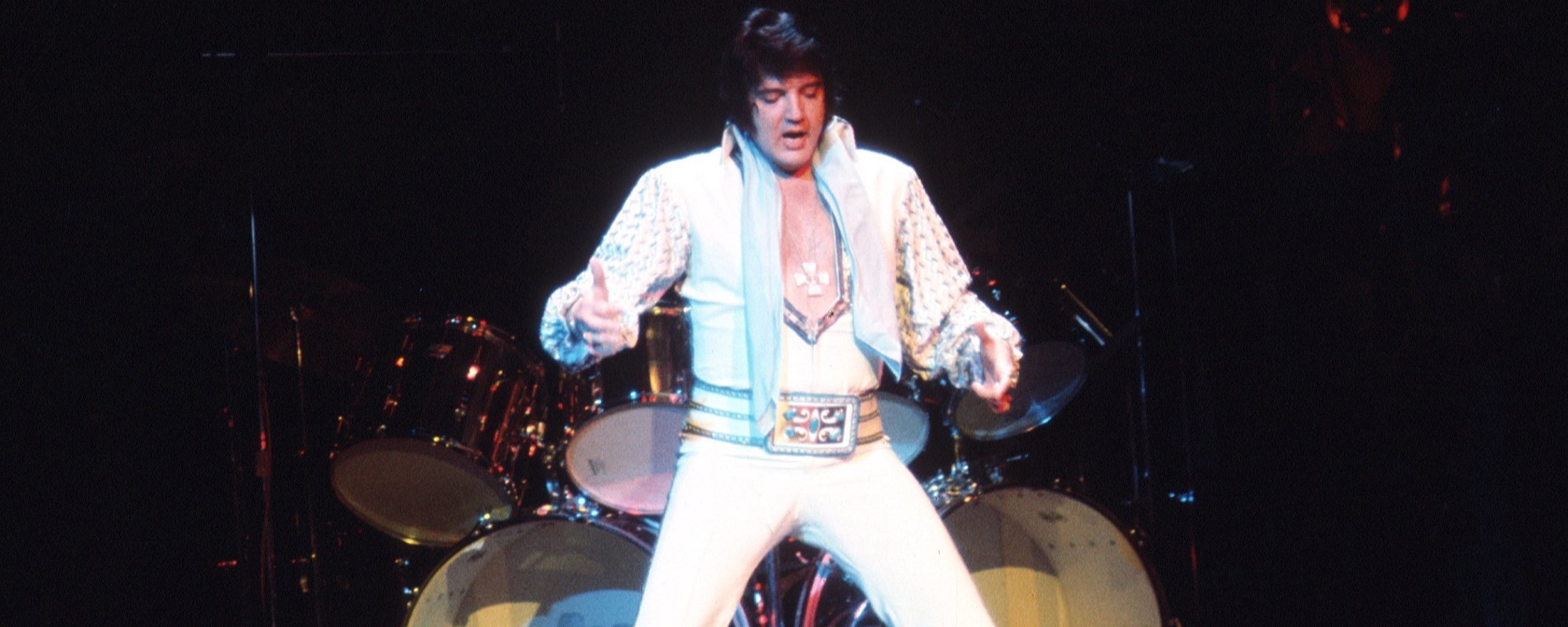
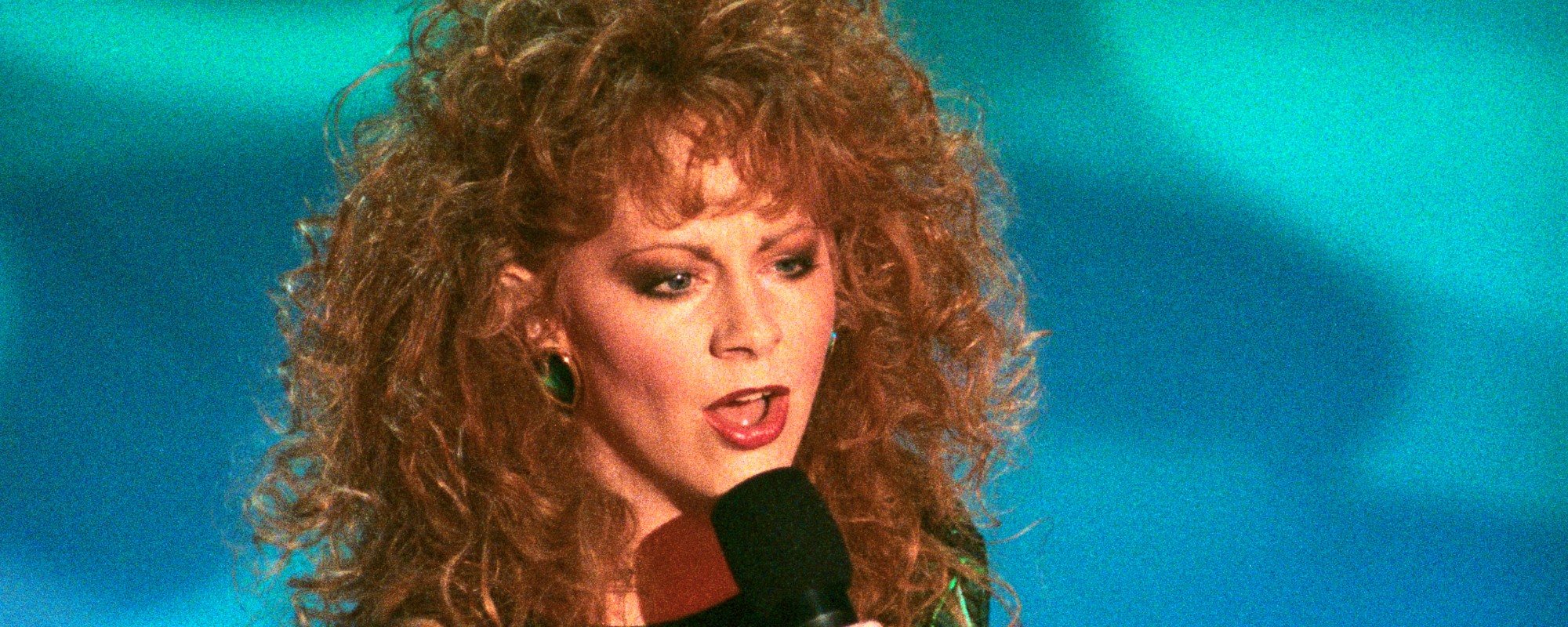
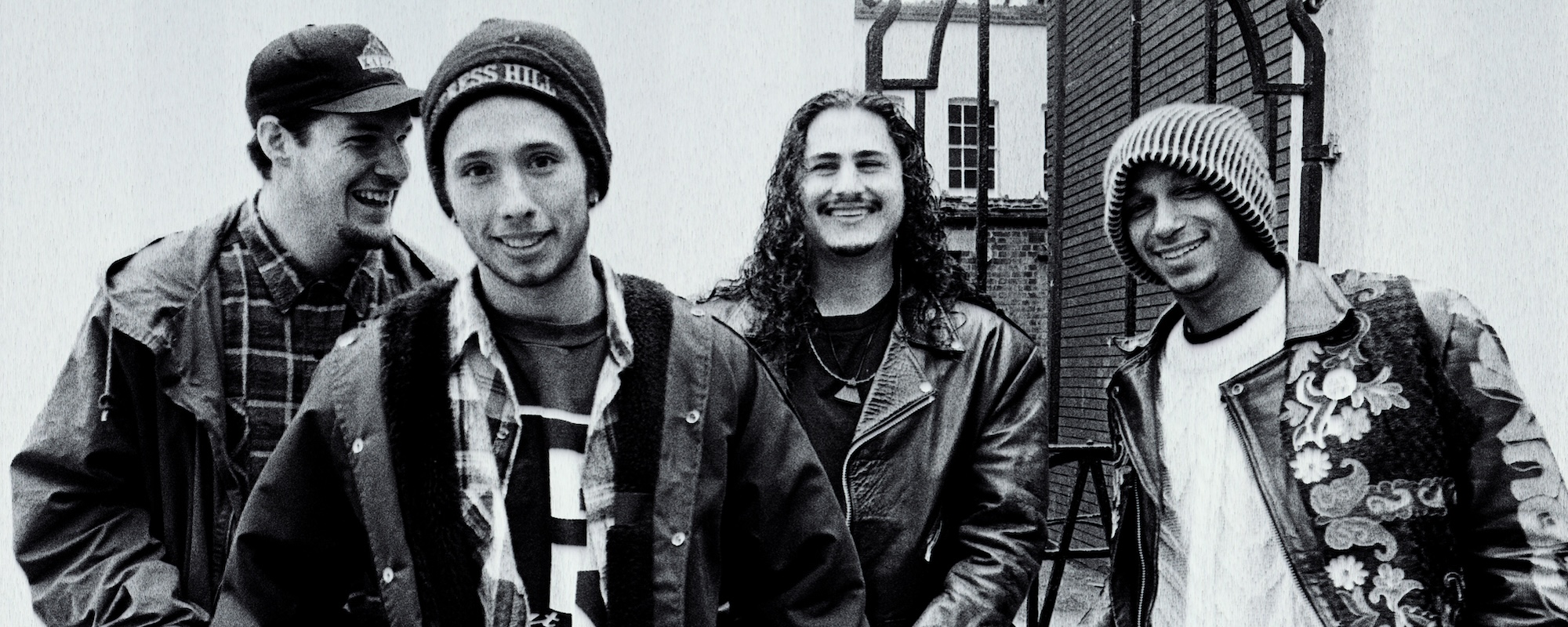

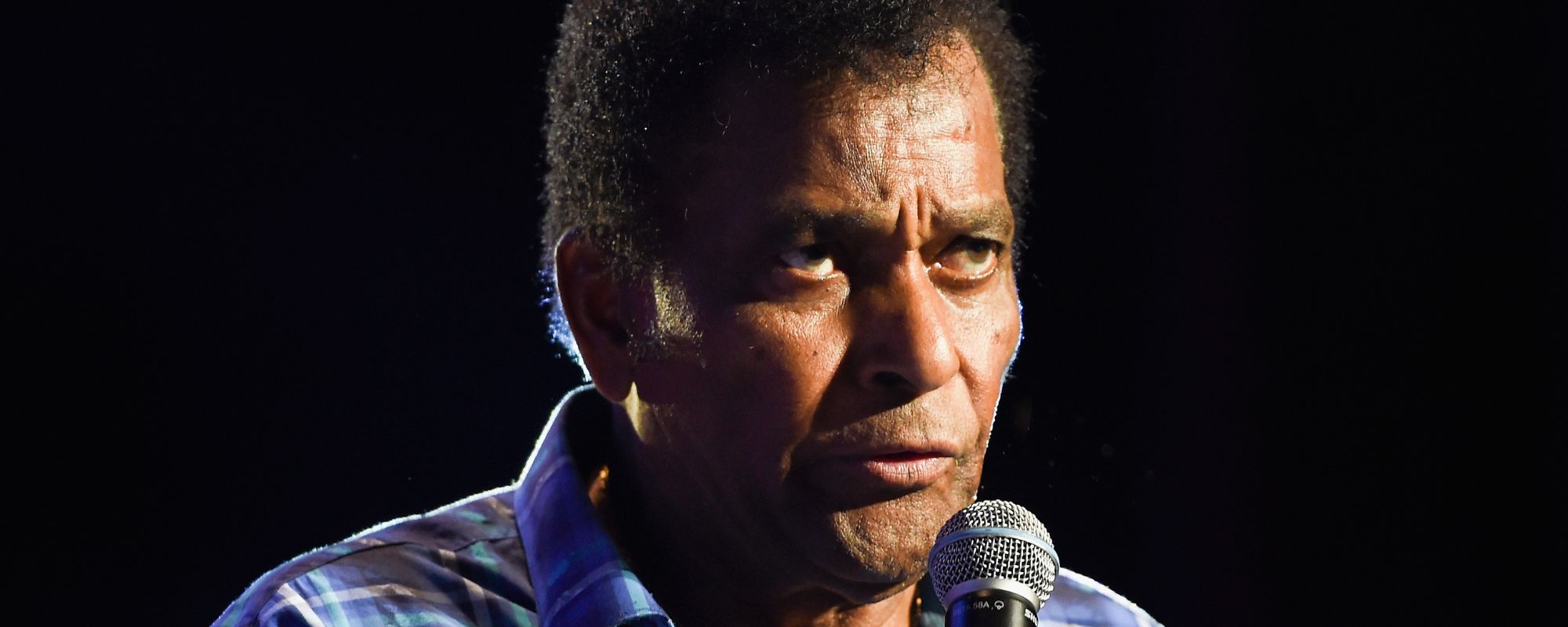



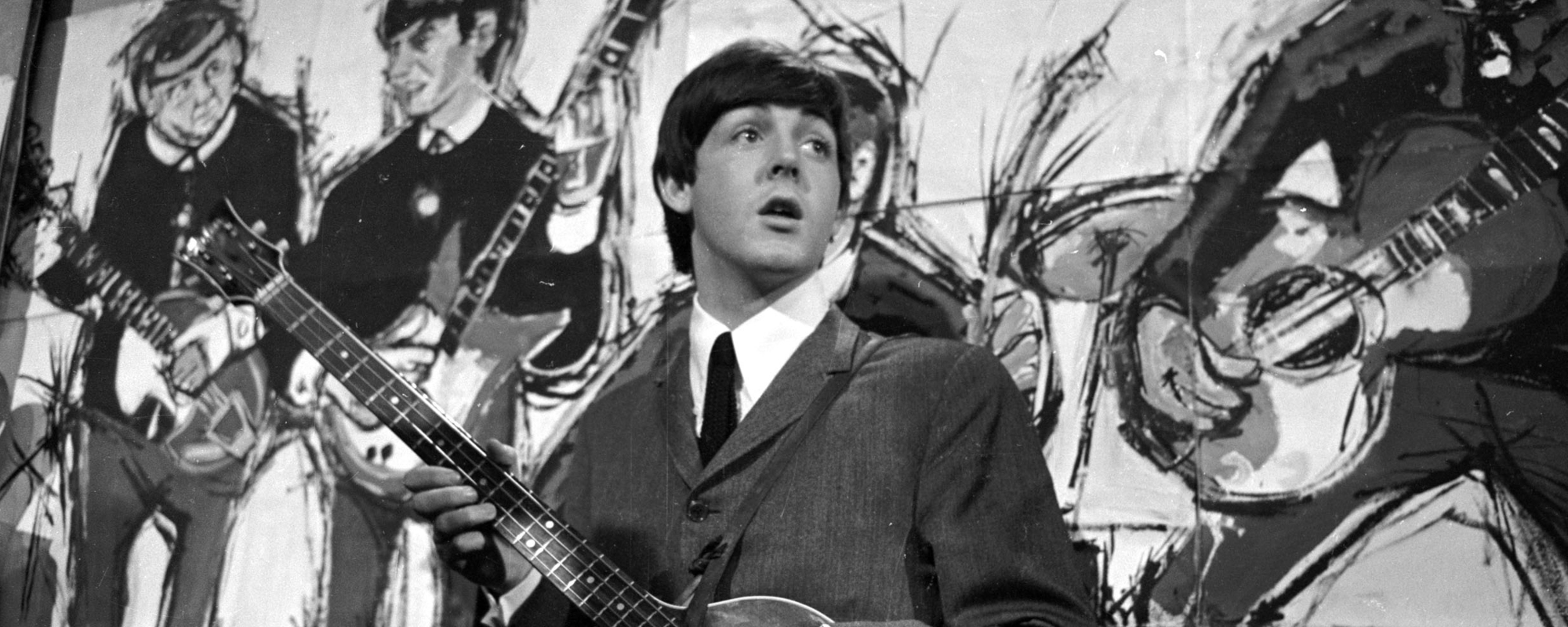
Leave a Reply
Only members can comment. Become a member. Already a member? Log in.